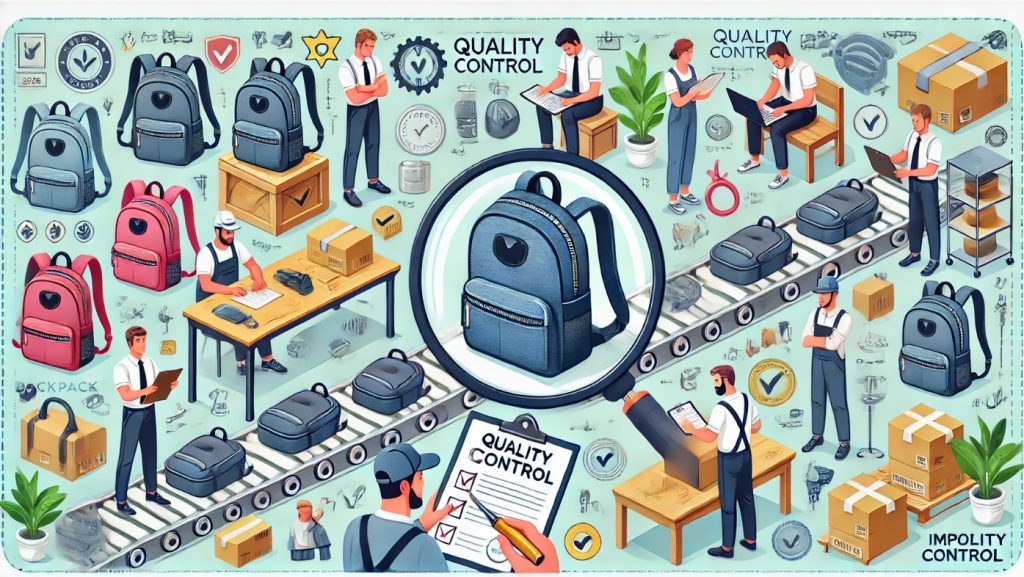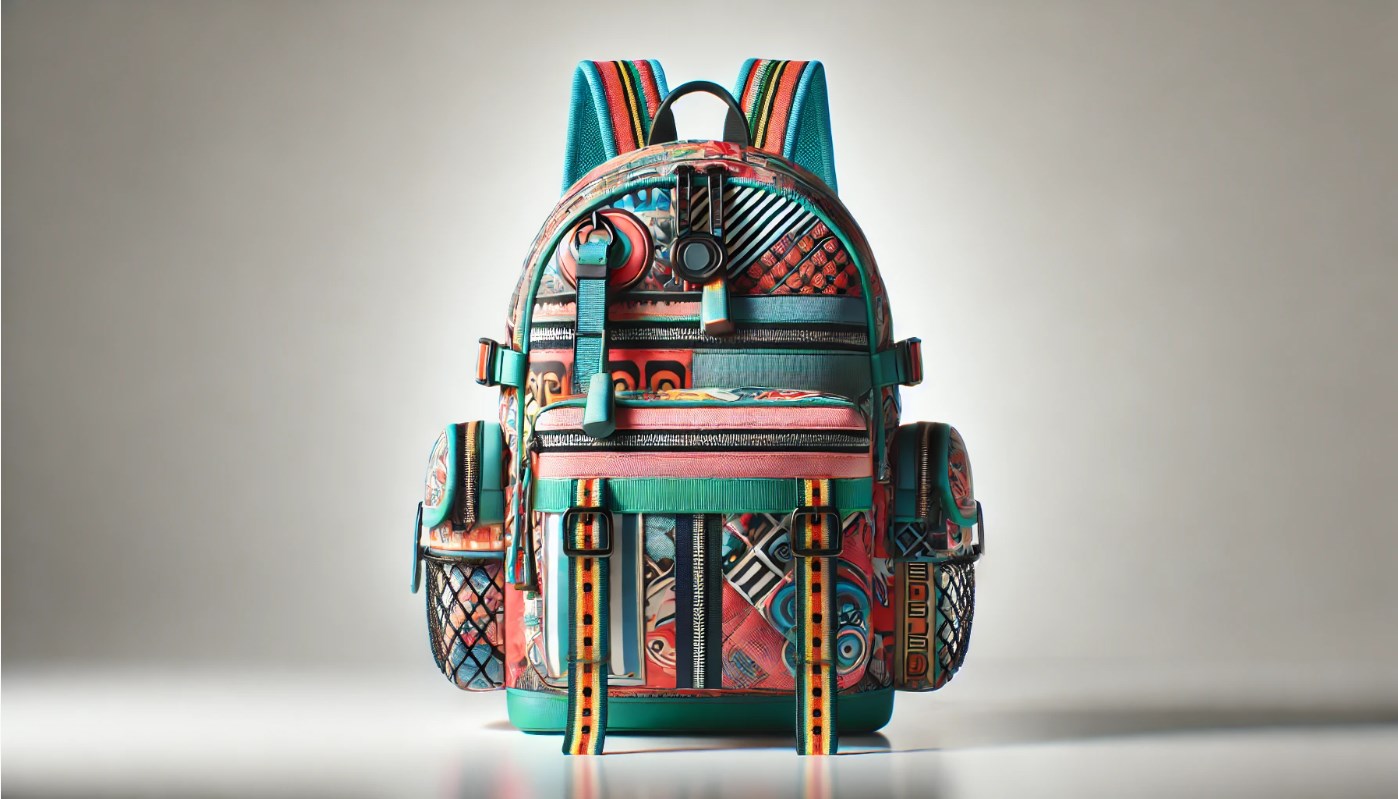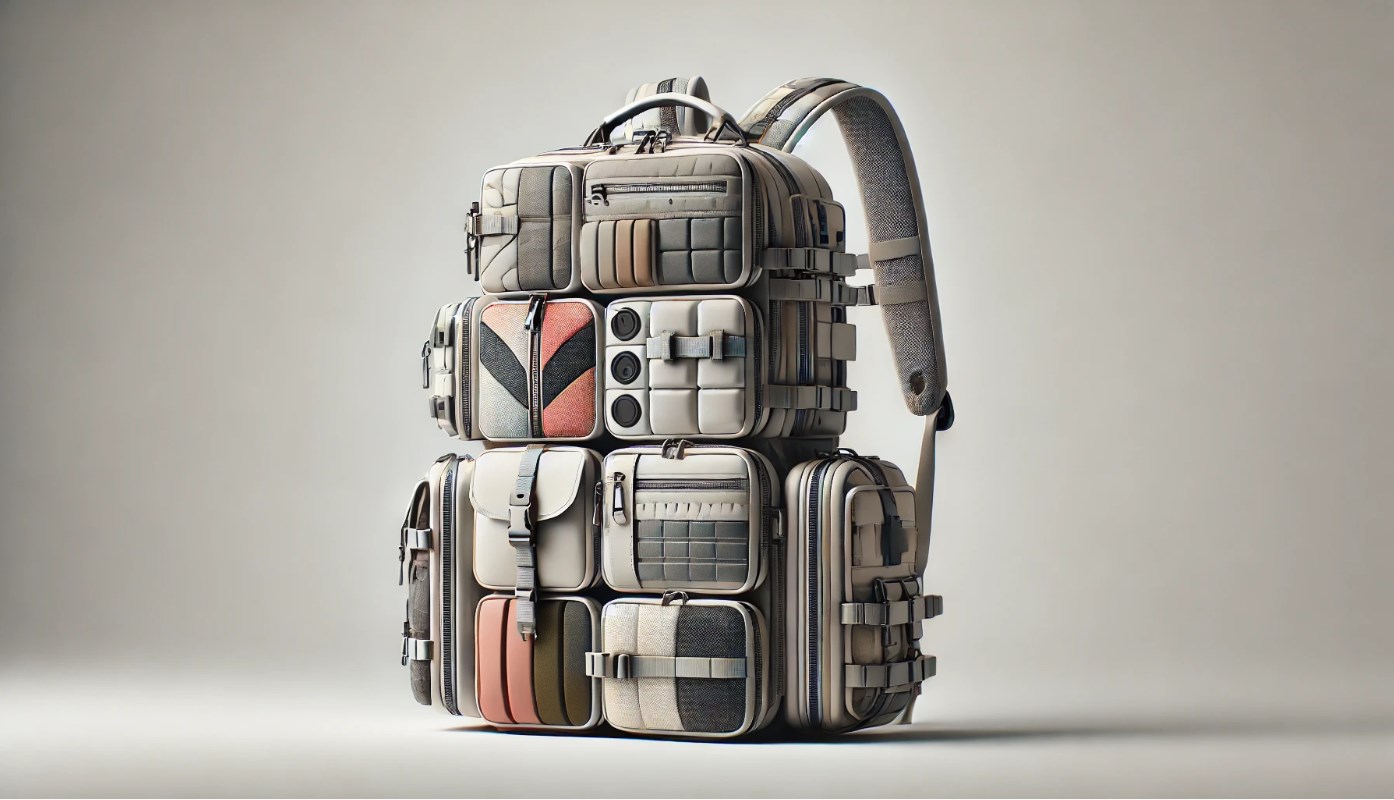When importing backpacks from overseas manufacturers, ensuring that the products meet quality standards is critical to customer satisfaction, brand reputation, and compliance with safety regulations. Quality control (QC) in the importation process not only ensures that backpacks are durable, functional, and aesthetically pleasing but also helps identify potential defects or hazards that could harm the brand’s reputation.
Importance of Quality Control in Backpack Importation
Why Quality Control is Crucial for Imported Backpacks
Quality control is essential in the manufacturing and importation of backpacks to ensure that the final product meets the expectations of both the company and the customer. Backpacks are frequently subjected to stress, weight, and wear, so rigorous quality checks are necessary to ensure their durability and safety.
By implementing robust QC processes, importers can:
- Minimize Defects: Identifying and addressing issues before products reach the market helps minimize defects.
- Ensure Consistency: Consistent quality across all production batches builds brand trust.
- Meet Safety Standards: Proper QC ensures that backpacks comply with safety regulations.
- Enhance Brand Reputation: High-quality products lead to customer satisfaction, repeat business, and positive reviews.
- Avoid Returns and Complaints: Early detection of problems reduces the risk of returns, reducing costs and potential damage to the brand.
Types of Quality Control Methods
The quality control process for imported backpacks can be broken down into several methods, including:
- Pre-Production Quality Control (PPC): Checking the materials and components before mass production.
- In-Process Quality Control (IPQC): Monitoring production at various stages to catch any defects early.
- Post-Production Quality Control (PQC): Final inspections after production but before shipping.
- Third-Party Inspection: Engaging independent QC companies to inspect the product at different stages.
Having a thorough QC strategy is key to ensuring that every backpack meets the required standards before it hits the shelves.
Setting Quality Standards for Imported Backpacks
Defining the Key Quality Criteria
Before importing backpacks, it’s essential to define the quality standards your products should meet. These standards will be based on a variety of factors, including customer expectations, the materials used, functionality, and safety regulations. The key criteria for quality control in backpacks often include:
- Durability: The backpack should withstand normal wear and tear, including load-bearing capacity, resistance to abrasions, and exposure to weather elements.
- Aesthetic Appeal: Color, stitching, zippers, logos, and other visual elements must meet the design specifications and be free from defects.
- Functionality: All compartments, straps, closures, and other features should work as intended without issues such as misalignments or poor construction.
- Safety: The backpack should be free from toxic chemicals, harmful materials, or unsafe design elements that could pose a risk to the user.
- Comfort: Straps, padding, and back panels should be comfortable for long-term wear, with ergonomic designs that prevent strain.
- Regulatory Compliance: Backpacks should adhere to the relevant safety and environmental regulations, such as CPSIA (Consumer Product Safety Improvement Act) in the U.S. or REACH regulations in Europe.
By clearly defining these criteria, it becomes easier to set benchmarks for quality and make decisions regarding supplier selection, manufacturing processes, and inspection protocols.
Creating a Quality Control Checklist
A quality control checklist serves as a guideline for systematically inspecting each backpack to ensure it meets the required standards. Some key areas to include in the checklist are:
- Materials: Verify the type and quality of materials used (e.g., fabrics, zippers, clasps, padding, etc.).
- Construction: Inspect stitching, seam strength, reinforcement areas, and overall craftsmanship.
- Functionality: Test zippers, compartments, straps, and buckles to ensure they work smoothly and securely.
- Packaging: Assess how the backpacks are packaged to prevent damage during shipping and handling.
- Labeling and Compliance: Ensure that labels meet country-specific regulatory requirements and that the product adheres to safety standards.
Having a detailed checklist enables a more thorough and consistent QC process that covers all essential elements.
Quality Control Before Production (Pre-Production Quality Control)
Material Inspection
Before mass production begins, it’s essential to inspect the raw materials that will be used to make the backpacks. This is an early step in the quality control process and ensures that the manufacturer is sourcing high-quality materials that meet the desired standards.
Materials to inspect include:
- Fabric: Check for uniform color, texture, weight, and strength. Ensure that it meets the environmental and durability requirements of the backpack.
- Hardware: Inspect zippers, buckles, clasps, and other fastenings for functionality and material quality.
- Straps and Padding: Verify that straps and padding are made from durable, comfortable materials that will hold up over time.
Using a third-party inspection service to verify the materials before production can help avoid issues later in the process.
Prototype Testing and Approval
Before the mass production of backpacks, a sample or prototype should be created for testing. This prototype will be evaluated against the quality standards to ensure that it meets all functional, aesthetic, and safety requirements.
At this stage, it’s essential to:
- Test the Design: Ensure the design matches the specifications, including compartment sizes, stitching patterns, and placement of features like straps and zippers.
- Check for Functionality: Verify that all zippers, straps, clasps, and other components function properly.
- Review Aesthetics: Examine the prototype for visual flaws such as uneven stitching, misaligned logos, or incorrect coloring.
- Stress Test: Conduct stress testing on key components, such as straps and zippers, to ensure they can handle weight and pressure.
Once the prototype is approved, the manufacturer can begin mass production.
In-Process Quality Control (IPQC)
Monitoring Production Stages
During the production phase, quality control should be implemented at key stages to identify potential issues early on. Monitoring the entire production process ensures that any defects or irregularities are caught before the final product is completed.
Key stages of production to monitor include:
- Cutting: Ensure that the fabric is cut precisely according to the design specifications. Inaccurate cutting can lead to wasted materials and poor-fitting components.
- Stitching: Inspect stitching throughout the production process to check for consistency, evenness, and strength. Weak stitching can cause the backpack to unravel or fail under load.
- Attachment of Components: Ensure that zippers, buckles, and other components are securely attached and function correctly.
- Assembly: Verify that all pieces are assembled according to the correct order and that the backpack’s structure is sound.
Regular checks at each stage of production help to maintain consistency and avoid major defects in the final product.
In-Line Inspections
In-line inspections involve checking products at various points on the production line. These inspections are done during the manufacturing process, rather than waiting until the product is finished.
In-line inspections should focus on:
- Stitching quality: Ensure that stitches are strong and consistent throughout production.
- Correct assembly: Make sure that all parts of the backpack, including straps, compartments, and hardware, are assembled according to the design.
- Material quality: Check that the materials used at each stage of production meet the quality standards, including consistency of color and texture.
Having quality control personnel or a third-party inspector on-site during the production phase helps to minimize defects and ensures that the product stays on track.
Post-Production Quality Control (PQC)
Final Inspection
Once production is complete, the final inspection is one of the most crucial aspects of quality control. This inspection ensures that the backpacks are fully functional, safe, and free from defects before they are shipped.
The final inspection involves:
- Functionality Tests: Test zippers, straps, buckles, and compartments to ensure that everything works as intended.
- Visual Inspection: Check for defects in stitching, alignment, and color, and ensure that logos and labels are correctly applied.
- Packaging Check: Verify that backpacks are properly packaged to prevent damage during transit. This includes checking for adequate padding and ensuring that the packaging is made from eco-friendly materials.
If any backpacks fail the final inspection, they should be marked for rejection or repair. Items that pass inspection are then prepared for shipment.
Sampling and Statistical Process Control (SPC)
Sampling is an essential part of post-production quality control. Instead of inspecting every single backpack, a random sample is selected from the batch to undergo a more detailed inspection. The sample size and inspection criteria should be based on industry standards or the specific quality requirements of the buyer.
Using Statistical Process Control (SPC), manufacturers can use sample data to predict and monitor the quality of the production batch. This technique helps in identifying any outliers or inconsistencies in the production process and making adjustments accordingly.
Shipping Inspections
Before shipment, a final shipping inspection is conducted to ensure that the products are packed correctly, labeled properly, and meet all import/export regulations. Shipping inspections are particularly important for imported products, as customs may require specific certifications, labels, or documentation for entry.
During the shipping inspection, focus on:
- Compliance with Regulations: Ensure that the backpacks meet the required import/export standards of the destination country.
- Labeling and Documentation: Verify that the correct product labels, safety warnings, and certifications are attached to the backpacks.
- Shipping Conditions: Check that the shipping containers are secure and that the backpacks are protected from potential damage during transit.
Working with Third-Party Inspection Agencies
Choosing a Third-Party Inspection Service
Many importers choose to work with third-party inspection agencies to ensure objective quality control. These agencies specialize in inspecting products before, during, and after production. They offer a detailed report and help identify potential issues early in the process.
When selecting a third-party agency, consider the following factors:
- Reputation: Choose an agency with a solid reputation in the industry.
- Experience with Backpacks: Ensure that the agency has experience in inspecting backpacks and related products.
- Inspection Scope: Define the scope of the inspection to include all relevant quality control checkpoints.
By outsourcing QC to third-party experts, importers can save time and ensure that quality standards are met consistently.
Leveraging Technology for Quality Control
Automation and Data Tracking
In today’s digital age, technology plays an increasingly important role in quality control. Many manufacturers are using automated systems and data tracking tools to monitor production quality. These systems can track variables such as temperature, humidity, and material consistency to ensure that each backpack meets the required standards.
Technology can also be used to manage and streamline the inspection process, making it easier to identify trends, track defects, and optimize production quality over time.
Using Mobile QC Apps
Mobile quality control applications allow inspectors to document issues, take photographs, and share real-time reports directly from the production floor. These apps help ensure that inspection data is collected and shared efficiently, improving communication between manufacturers and importers.







